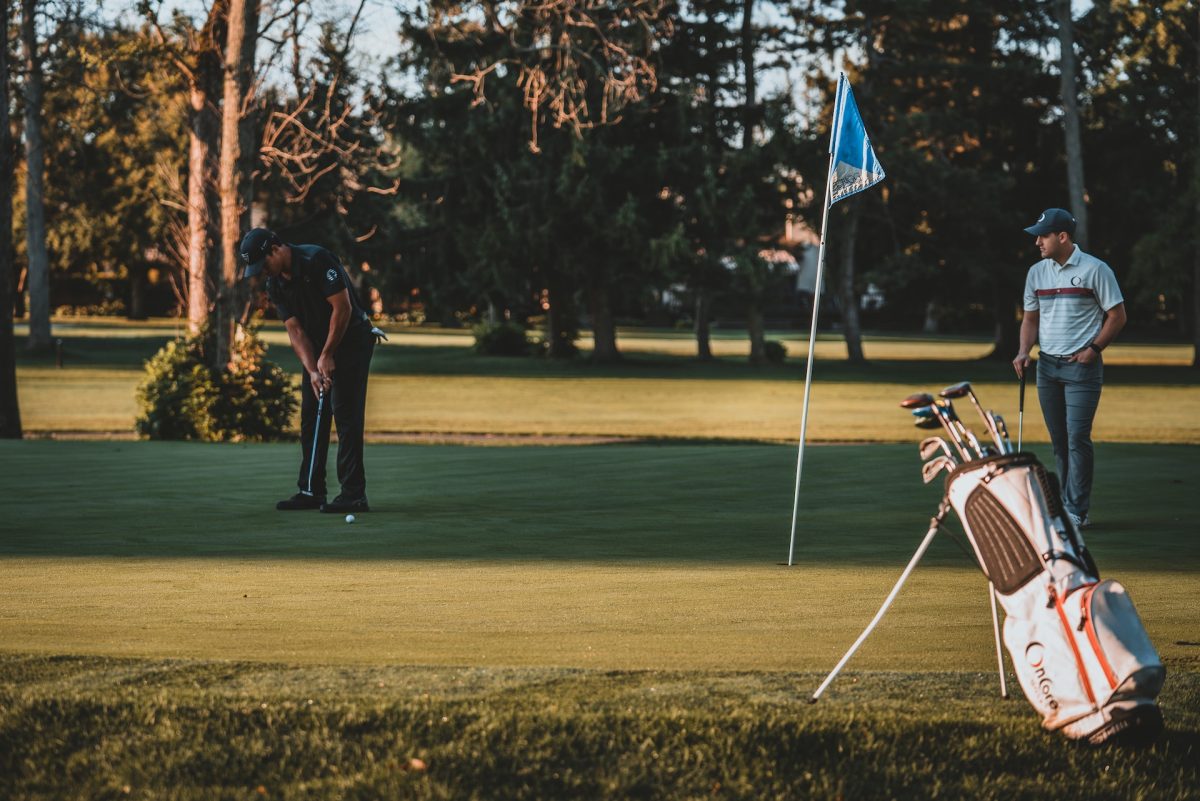
It may not seem like something to stress over, but if you’re traveling with your golf clubs, how you pack them for transport is something to think about. After all, you spend a small fortune on your clubs, balls, and bag, so you want to protect that investment. We asked an expert about the best practice for packing clubs so they don’t break, what should and shouldn’t be in your bag when shipping golf clubs, how to manage weight, and some other tips and tricks so when you arrive at your destination your clubs are in the same condition as when you left.
Why should you ship your clubs?
“One of the best parts of golfing is exploring new courses, playing in different climates and terrains, and getting out of your comfort zone,” said Audrey Kohout, co-CEO of Luggage Forward. “Renting can throw you off when you’re used to your own clubs,” she continued, so why not ship your clubs ahead of time and have the experience you deserve? This can eliminate the stress of logistics and oversized baggage fees, plus you don’t have to lug your clubs into the airport or wait at baggage claim when you land. That means more time to play golf, right?
How to keep your gear safe
Whether you’re shipping your clubs or bringing them on the plane with you, there are extra precautions you can take to keep your gear safe, said Kohout. “The simplest thing you can do is to use headcovers and wrap each club individually, so they don’t get scratched.” She also said to make sure you pay attention to where the shaft meets the club head, as it takes the brunt of the weight during transit. “The key here is to provide a little extra stability; think of it like you would splint a broken finger and use bubble wrap around this ‘joint’ of the club,” she explained. Once each club is wrapped and padded appropriately, Kohout said, you want to take time to bundle them all together. “By wrapping all of your clubs together, it gives them extra support so they won’t snap and minimizes movement inside the bag,” he said.
Finally, because the longest club often gets the most wear and tear, adding a support rod inside your bag can help. “Support rods from brands like Club Glove are sold specifically for this purpose at most golf or sporting stores, but you can also throw in a broomstick or curtain rod,” he said.
Other considerations
Obviously, if you are shipping your clubs, you want to think about the weight of them since that will impact the cost. But Kohout said not to stress too much because “while bubble wrap or air pockets may help lighten up your shipment a little versus using packing materials like paper, heavier fabrics, the reality is that it’s not a big enough difference to save you money.” Hier company, Luggage Forward, has all-inclusive pricing, so your quote is one flat rate. Designated sports equipment shipping services like this help save money over UPS or FedEx, which change by size and weight.
If you want the golf vacation of your dreams, spend the extra money and do so with the clubs you know and love in hand.



